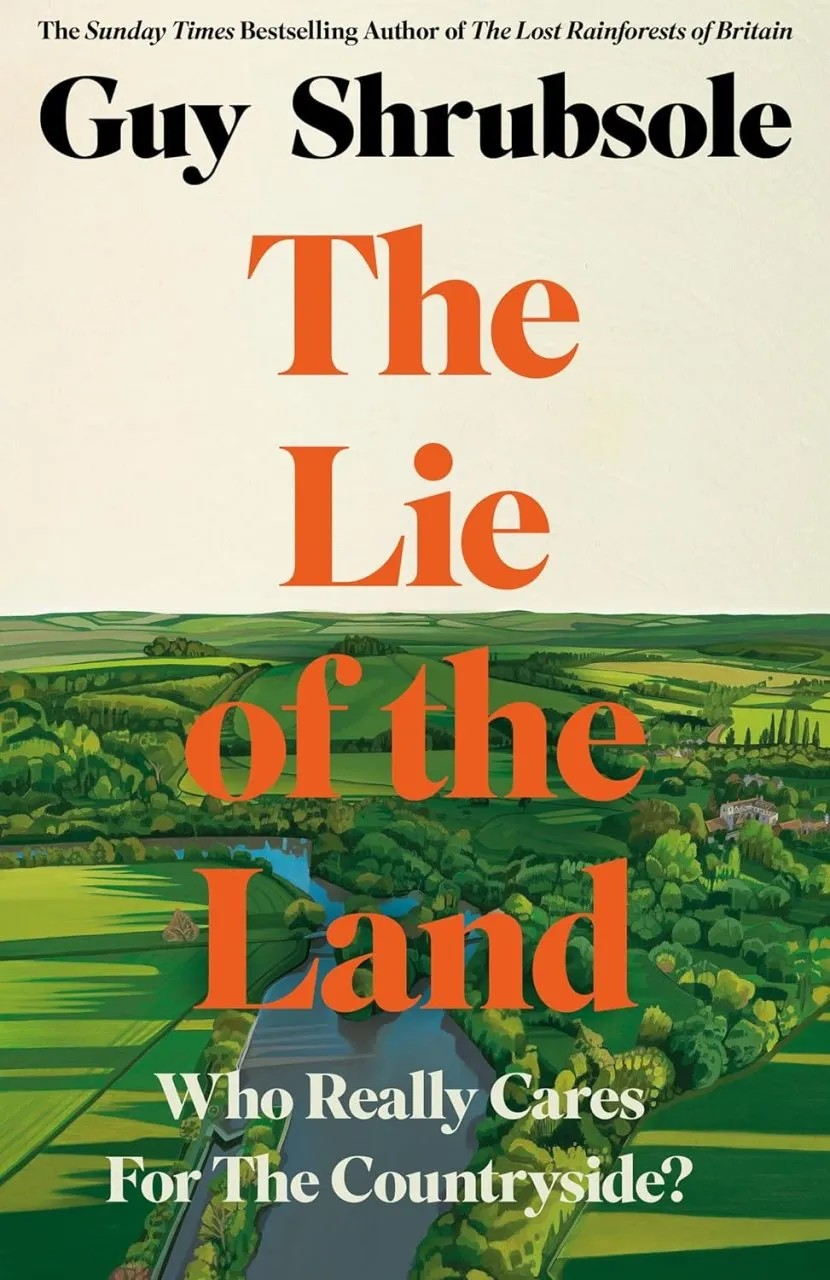 Brought to you by the Sunday Times bestselling author Guy Shrubsole, The Lie of the Land discusses how a handful of wide-scale landowners are responsible for the destruction and degradation of our vital landscapes, painting a humbling picture of some of the most notable failures of land stewardship in Britain’s recent history. However, Guy also presents a glimmer of hope as he relays the stories of those trying to help nature recover, from small-scale farmers to community groups and individuals. In doing so he gives the public hope that we can all become custodians of the countryside once more.
Brought to you by the Sunday Times bestselling author Guy Shrubsole, The Lie of the Land discusses how a handful of wide-scale landowners are responsible for the destruction and degradation of our vital landscapes, painting a humbling picture of some of the most notable failures of land stewardship in Britain’s recent history. However, Guy also presents a glimmer of hope as he relays the stories of those trying to help nature recover, from small-scale farmers to community groups and individuals. In doing so he gives the public hope that we can all become custodians of the countryside once more.
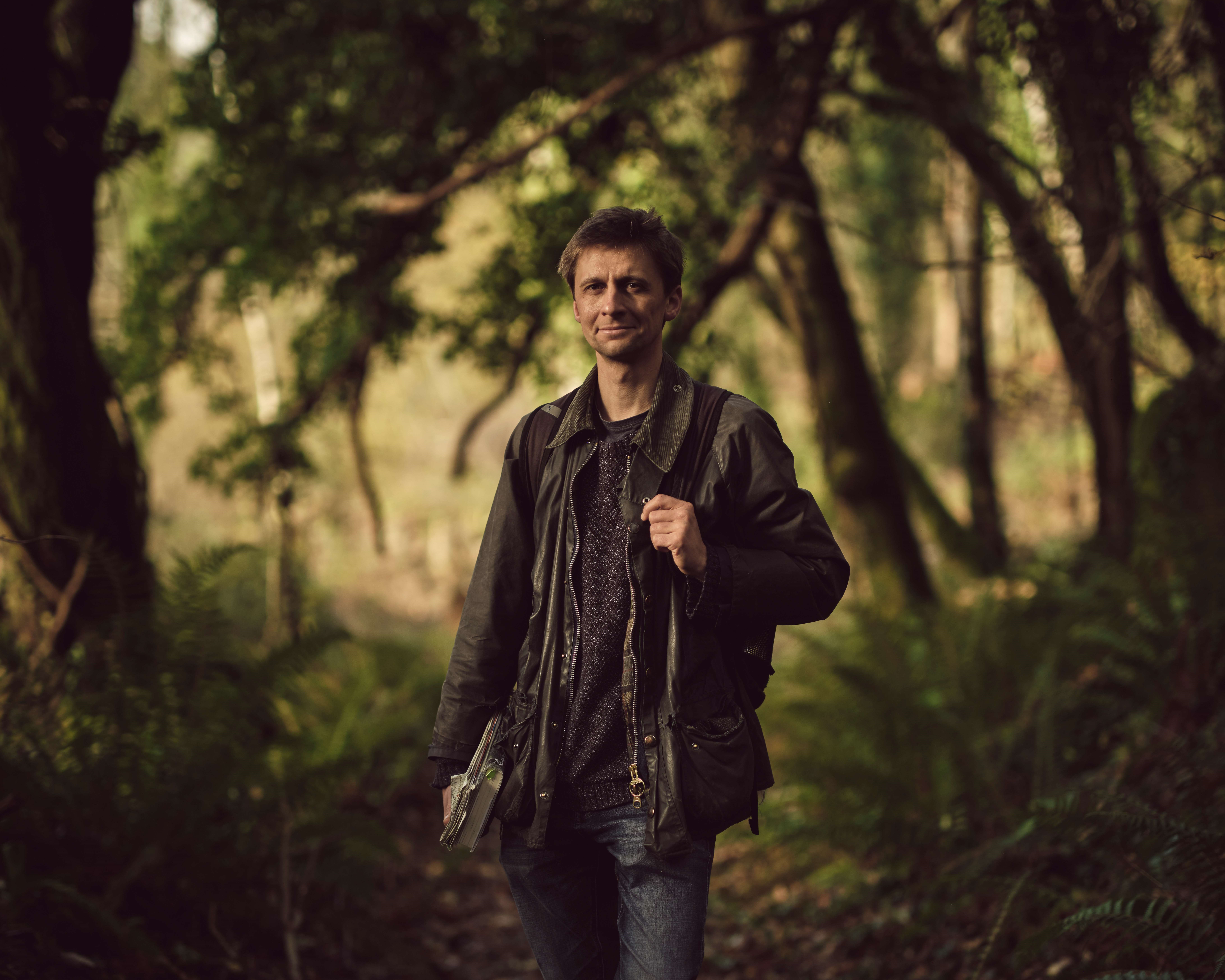
Guy Shrubsole is a researcher, writer and environmental campaigner who previously worked as an investigator for Friends of the Earth, and is co-founder of the Right to Roam movement. He was Policy and Campaigns Coordinator at Rewilding Britain for a number of years and has published a number of books including Who Owns England? and The Lost Rainforests of Britain.
We recently had the opportunity to interview Guy about The Lie of the Land, where we discussed what inspired him to write this book, how the privatisation of land has affected its conservation and preservation, what he hopes the reader can learn from his work and more.
Firstly, can you tell us a little bit about what inspired you to write The Lie of the Land?
I’ve been thinking – and campaigning – about the issues in The Lie of the Land for some years. Witnessing moorland being deliberately set ablaze for the purposes of driven grouse shooting was an early spark; as was reading about the landowners who drained the Fens, and the vast wet commons that once dominated Cambridgeshire which teemed with fish, wildfowl and eels. In some ways The Lie of the Land is a natural sequel to my first book, Who Owns England? – taking its analysis that half of England belongs to just 1% of the population and looking at the ecological consequences of this.
Have there been any instances where private land ownership has benefitted the environment and increased its accessibility for the public, and if so, what can be taken from this?
Absolutely, I discuss in the book how there are some brilliant nature-friendly farmers and landowners doing great work – heroes like Isabella Tree and Charlie Burrell with their rewilding work at Knepp, or Jake Fiennes at Holkham, or James Rebanks in the Lake District. But I argue that we can’t simply rely on these few ‘good stewards’ to turn the nature crisis around on their own. We need to call out bad practice (as Fiennes does in his book Land Healer) and make all landowners more accountable to the public for how they’re treating the land. Look at how England’s peat bogs – a vast natural store of carbon and a crucial national asset in the fight against the climate crisis – have been mistreated by the 150 or so estates that own them and set fire to them each October. Look at the institutional investors who own great swathes of the Fens – organisations like the Church Commissioners – and how they continue to profit from what is essentially a ‘carbon bomb’, the wasted peat soils of the fenland losing fertility and carbon with each passing year.
The trouble is, a lot of estates and lobby groups for landowners hide behind the assertion that they are the ‘custodians of the countryside’, who can be trusted to look after it without the need for public oversight or pesky environmental regulations. But as James Rebanks says, “I’m a very proud defender of good farming, but the ‘custodians of the countryside’ argument only washes if we are genuinely doing that – otherwise it’s self-serving nonsense.”
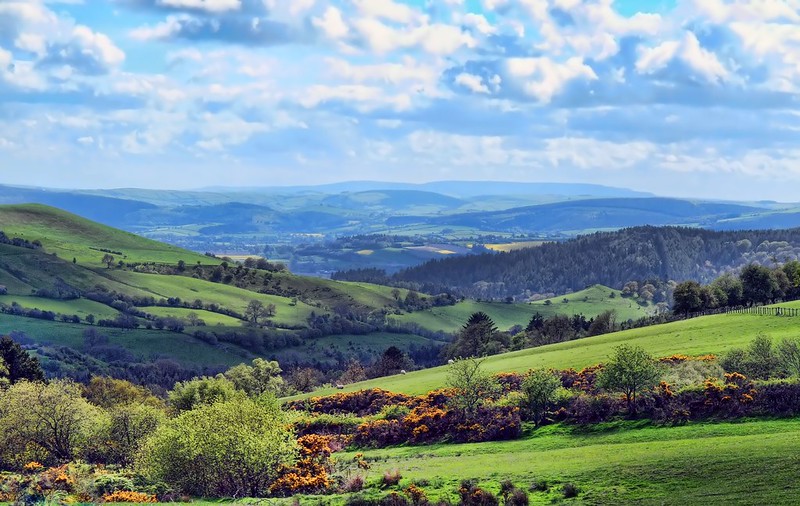
What do you think needs to be implemented to increase the perceived viability of community land ownership and management, compared to privately owned spaces? And how do you think we can increase the quantity of community land ownership going forward?
We need to give communities the power to take ownership of more land, for starters. That means introducing a Community Right to Buy in England, like the one they’ve had in Scotland for the past twenty years – a set of powers that has led to communities buying up half a million acres of Scotland. I visit one such community buyout in the book, Langholm Moor – a former grouse moor that was bought by the people of Langholm a couple of years ago: they’re now turning it into a nature reserve. No more moorland burning, no more predator persecution: they’re going to re-wet the peat bogs and are allowing birch and rowan to naturally regenerate up the hillsides.
We need to have that opportunity in England, too. And the good news is, the new Labour government announced in its first King’s Speech that it will introduce a Community Right to Buy in England. But we’ll have to campaign hard to make sure it happens, and that landed interests don’t water it down. And we need to unlock our own imaginations, to start to dream bigger about how communities could take control of land and manage it for nature. As the Scottish land reform campaigner Alastair McIntosh has written, community ownership of land “creates a new constellation of possibility.” Let’s reach for the stars.
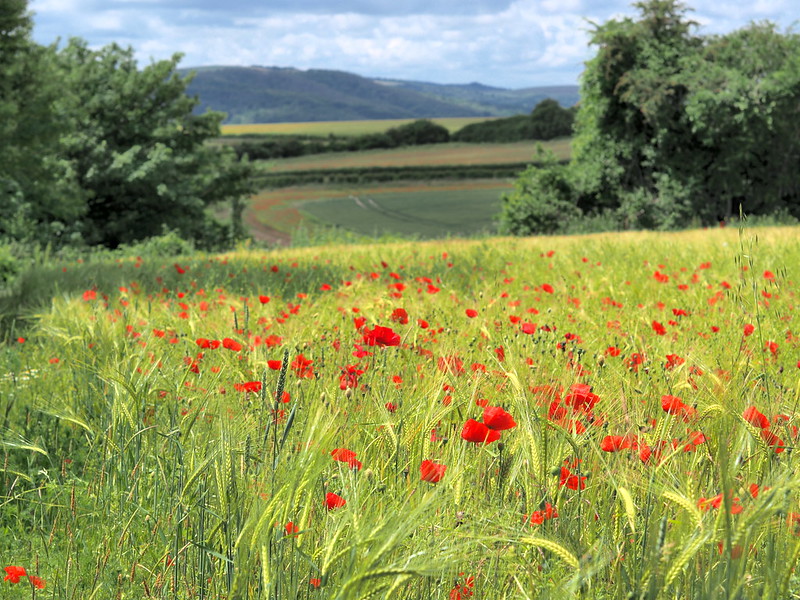
I particularly enjoyed your last book, The Lost Rainforests of Britain, and it really opened my eyes to the remarkable habitats around us that many people, like myself, never knew existed. Do you think landowners are aware of the importance, in some cases rarity, of the land they own? And how has the privatisation of the UK’s rainforests affected their conservation and preservation?
Thanks! I think an increasing number of landowners and farmers are now aware of temperate rainforests – after writing Lost Rainforests, one of the loveliest messages I got was from a Devon sheep farmer who had discovered the very rare Hazel Gloves fungus growing in an old hazel grove on her farm. And it’s been really encouraging to see such snowballing momentum to bring back Britain’s rainforests since the book was published – like the Wildlife Trusts announcing rainforest restoration projects from Skiddaw in Cumbria to West Muchlarnick in Cornwall, and the Cornish landowner Merlin Hanbury-Tenison doing great work on his farm at Cabilla.
Unfortunately, not all landowners recognise the importance of the habitats they own – even sometimes when they’ve been officially ‘notified’ of their existence through the land being designated as a Site of Special Scientific Interest (SSSI). In the book I tell the story of the landowner who destroyed part of the River Lugg SSSI – and how his example is sadly only one of many instances since the first SSSIs were designated in the 1950s. Ultimately, if we’re to protect our remaining habitats, I think we cannot only rely on voluntary initiatives by enlightened owners, but have to give precious habitats strong legal protections – and make sure our environmental watchdogs, like Natural England, have real teeth.
What do you hope the reader can learn from your book?
I hope that readers get angry about the problems, take inspiration from the suggested solutions, and get out there and campaign for them to become reality!
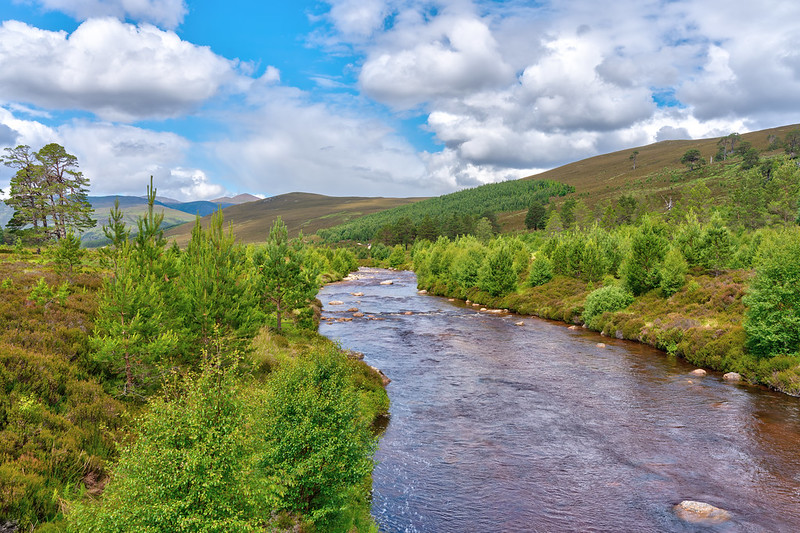
The final chapter of your book details your 10-step proposal. At which point during the writing process did you develop these, and how did these recommendations adapt and evolve throughout the researching and writing process of The Lie of the Land?
In all of my books, I aim to set out clear political recommendations – for me the point of writing is not just to interpret the world, but to change it! From the outset I had quite a clear sense that all my recommendations in The Lie of the Land would be about how we can democratise decision-making over land, make landowners more accountable and give all of us a greater say over how land is used. That, to me, seems to be our last, best hope of turning the nature crisis around.
My own feelings of optimism about fixing this mess we’re in were definitely boosted by the conversations I had, and site visits I made in the process of researching the book. There are loads of communities yearning to look after land, loads of river guardian groups blowing the whistle on river pollution, and plenty of examples from other countries – and from our own nation’s history – of how we can protect and restore nature and do a better job than we are currently. But we need some policy changes at a national level to unlock these energies and scale them up. As William Gibson (allegedly) once said, ‘the future is already here – it’s just not very evenly distributed.’
Are you working on any other books or projects that we can hear about?
Steady on – I’ve just written this one! Currently I’m enjoying meeting with lots of people across the country to get the ideas out there – and I am campaigning hard for these policy changes. I also work with the Right to Roam campaign (you can join our mailing list at www.righttoroam.org.uk). But I definitely would like to write more books in the future!
 The Lie of the Land is available from our bookstore.
The Lie of the Land is available from our bookstore.







